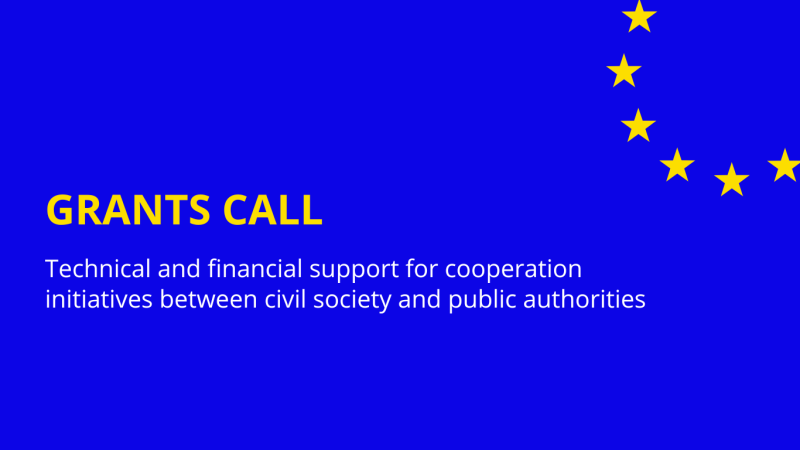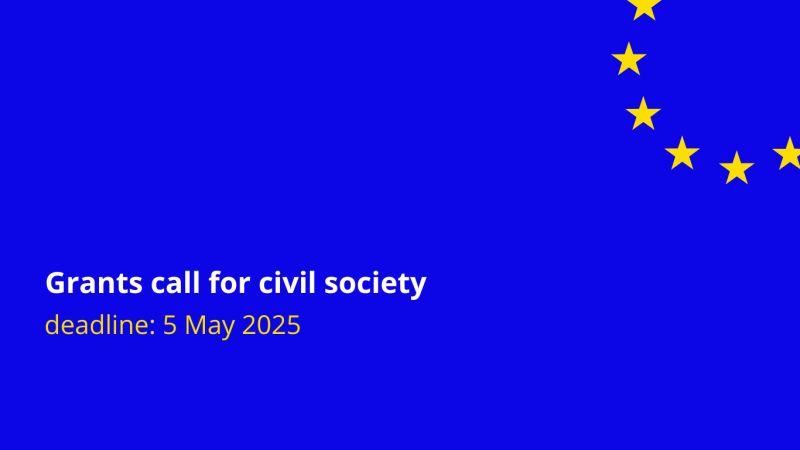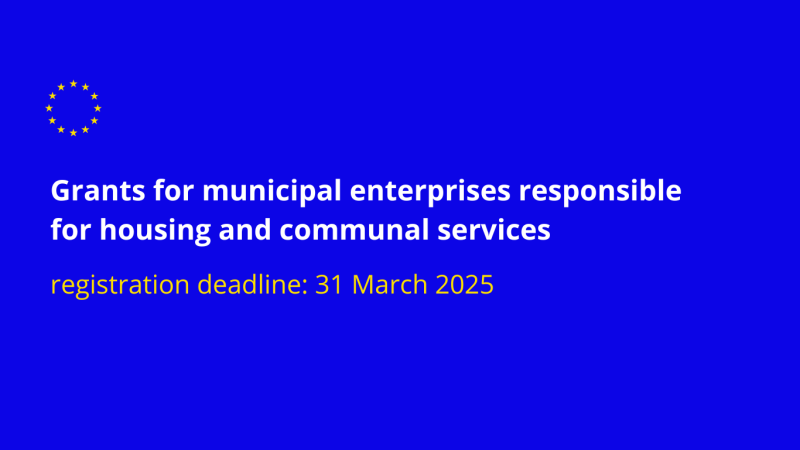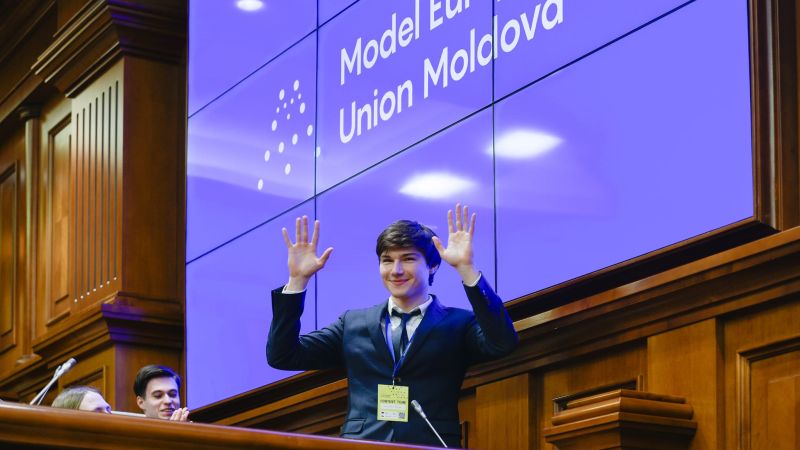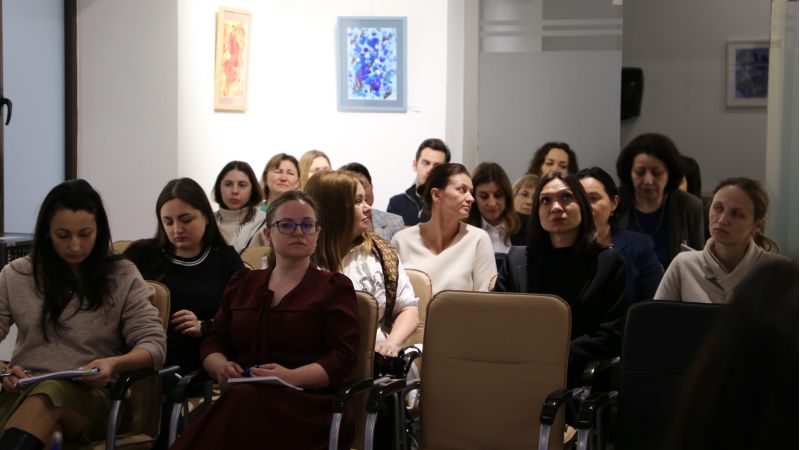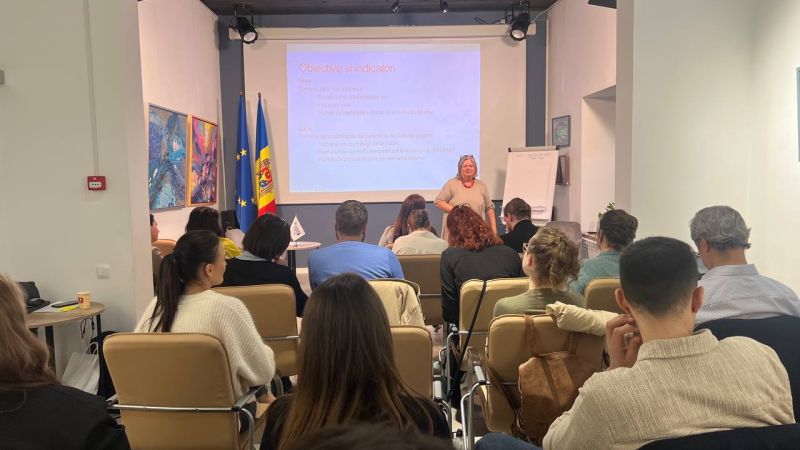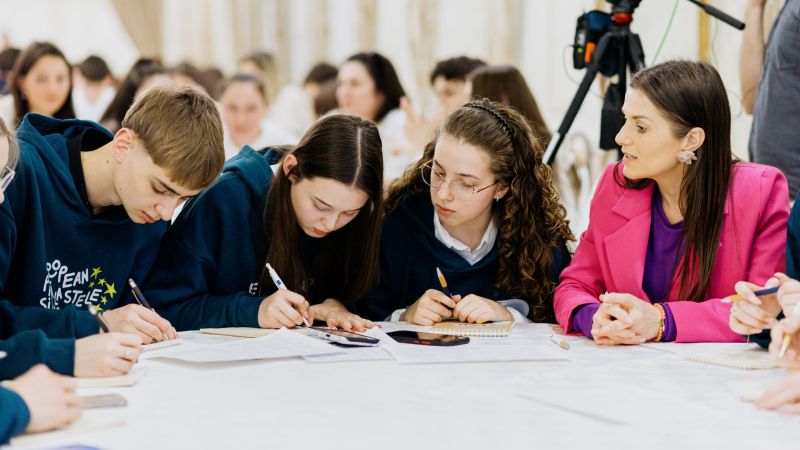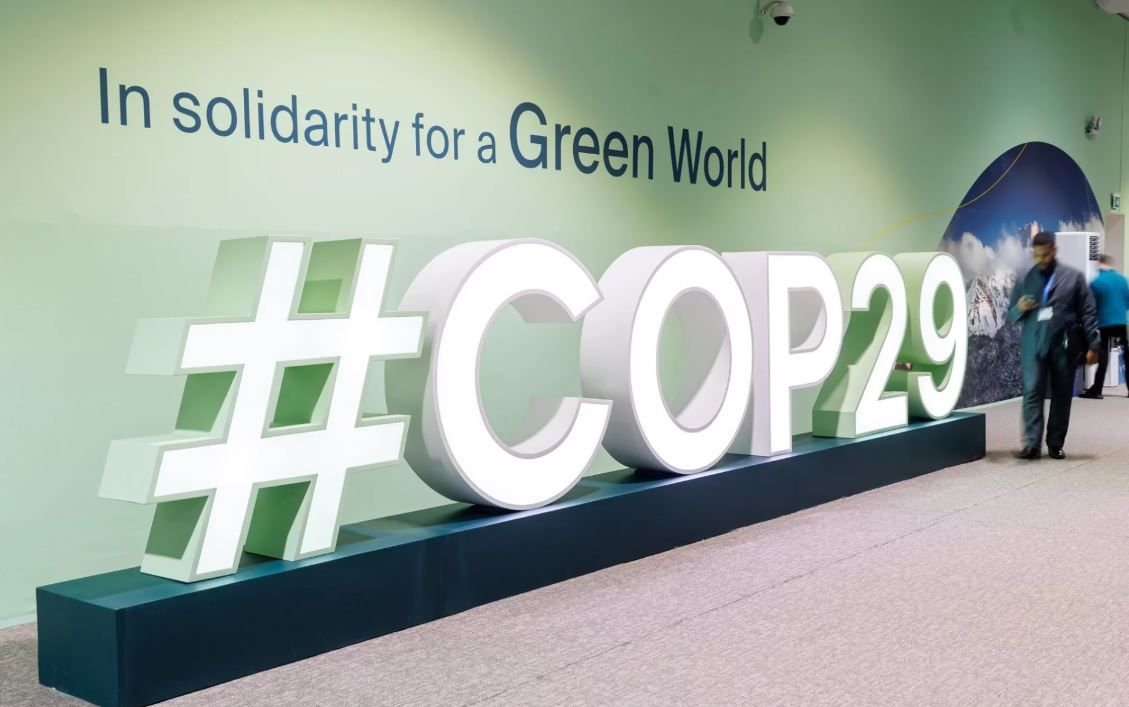
COP29: EU supports continued global climate action and push for ambitious finance and investment goals
The UN Climate Change Conference COP29 starts today in Baku, Azerbaijan, and runs until 22 November. At this global event, the European Union will work with international partners to meet the Paris Agreement targets to limit the rise in global average temperature to as close to 1.5C as possible.
“Climate change continues to be an issue which knows no borders, and increasingly harms lives and livelihoods across Europe and around the world,” says a press release by the European Commission.
What is COP?
COP stands for ‘Conference of the Parties’ and usually refers to the international meetings of the United Nations Framework Convention on Climate Change (UNFCCC) – the UN process for negotiating an agreement to limit dangerous climate change.
The COP is the main decision-making body of the UNFCCC. It includes representatives of all the ‘Parties’, i.e. those countries that have agreed to participate in and be bound by the UNFCCC.
The UNFCCC COP takes place every year, and is an opportunity to negotiate new measures and review Parties’ progress against the overall goal of the UNFCCC to limit climate change, notably the Paris Agreement, a legally binding international treaty on climate change adopted by 196 Parties at the COP21 in Paris in 2015.
The overarching goal of the Paris Agreement is to hold “the increase in the global average temperature to well below 2°C above pre-industrial levels” and pursue efforts “to limit the temperature increase to 1.5°C above pre-industrial levels”.
To limit global warming to 1.5°C, greenhouse gas emissions must peak before 2025 at the latest and decline by 43% by 2030.
COP29 will take place in Baku, Azerbaijan, from 11-22 November 2024.
Why is climate change such a pressing global issue?
Climate change refers to long-term shifts in temperatures and weather patterns. Such shifts can be natural, but since the industrial revolution in the 19th century, human activities have been the main driver of climate change, primarily due to the burning of fossil fuels like coal, oil and gas.
Burning fossil fuels generates greenhouse gas emissions that act like a blanket wrapped around the Earth, trapping the sun’s heat and raising temperatures.
The average temperature of the Earth’s surface is now about 1.2°C warmer than it was in the late 1800s and warmer than at any time in the last 100,000 years. The last decade (2011-2020) was the warmest on record, and each of the last four decades has been warmer than any previous decade since 1850.
Many people think climate change mainly means warmer temperatures. But this is only the beginning of the story. Because the Earth is a system, where everything is connected, changes in one area can influence changes in all others.
The consequences of climate change now include intense droughts, water scarcity, severe fires, rising sea levels, flooding, melting polar ice, catastrophic storms and declining biodiversity, and climate change can affect our health, ability to grow food, housing, safety and work.
Scientists agree that limiting global temperature rise to no more than 1.5°C would help us avoid the worst climate impacts and maintain a liveable climate. Yet policies currently in place point to a 3°C temperature rise by the end of the century.
Switching energy systems from fossil fuels to renewables like solar or wind will reduce the emissions driving climate change. But we have to act now. While a growing number of countries is committing to net zero emissions by 2050, emissions must be cut in half by 2030 to keep warming below 1.5°C, requiring a huge decline in the use of coal, oil and gas.
How is the EU addressing climate change in the Eastern partner countries?
‘Together towards environmental and climate resilience’ is one of the five long-term Eastern Partnership policy objectives beyond 2020. Among others, the EU has pledged to “help partner countries fulfil their nationally determined contributions to the Paris Agreement and modernise their economies, reducing their carbon footprint and moving towards climate neutrality”.
Under its Economic and Investment Plan (EIP) for the EaP, the EU aims to:
- strengthen climate policies and green investment.
- help partner countries to implement their nationally determined contributions to the Paris Agreement.
- scale up climate and green financing targeting municipal infrastructure, sustainable urban transport, the energy sector and SMEs.
- strengthen EU product and eco-innovation policies.
- support improved waste management and increase recycling.
In Armenia, this includes Investing in Green Yerevan under the EIP, supporting energy-efficient solutions to the Armenian capital, such as the delivery of green buses and energy renovation of 51 kindergartens.
In Azerbaijan, the EIP has set a focus on investing in sustainable infrastructure and solutions for green cities, delivering significant energy savings by upgrading more than 80% of street lighting infrastructure in the city of Ganja.
In Georgia, the EU is investing in cleaner air and energy efficiency for 1 million people, while thanks to EU investment, Georgia is now home to the first commercial wind farm in the Caucasus.
In Moldova, the Economic Investment Plan targets the energy-efficient refurbishment of district heating systems in residential buildings in Chisinau and Balti, while 15,700 additional people now have access to safe drinking water thanks to EU support.
In Ukraine, the EU is working through the Ukraine Facility for recovery, reconstruction, and modernisation in the face of Russian aggression. Under the Ukraine Facility, at least 20% of overall investments will contribute, to the extent possible in a war-torn country, to climate change mitigation and adaptation, environmental protection, including biodiversity conservation, and to the green transition.
In addition, the EU funds a number of regional programmes working across the countries of the Eastern Partnership. These include:
- EU4ClimateResilience supporting the green transition and climate resilience.
- EU4Environment Green Economy helping to preserve natural capital and increase people’s well-being.
- EU4Environment Water Resources and Environmental Data supporting a more sustainable use of water resources.
At the same time, European Financial Institutions such as the European Bank for Reconstruction and Development (EBRD) and the European Investment Bank (EIB) provide significant support for transition to the green economy by supporting low carbon and climate resilient growth, as well as investing in green infrastructures. The Eastern Europe Environment and Energy Efficiency Partnership (E5P) – a multi-donor trust fund of which the EU is the major donor – facilitates investments for municipal projects that improve energy efficiency and environmental protection. The EU also significantly contributes to the Green for Growth Fund (GGF).
Climate action is also high on the priorities at country level, with EU-funded programmes focusing on areas such as air quality, water management and marine pollution, energy efficiency, waste management, tackling pesticides and industrial pollution, and sustainable forest management.
Click here to see the results of EU support at grassroots levels across the region, like Mariia’s green energy start-up in Ukraine or the story of Sopho and Maka, recycling fabric into shoes in Georgia.
How can you spot climate disinformation?
Climate disinformation is shared widely online, seeking to sow division and delay climate action. It can take many forms, from hard denial and conspiracy theories to softer, more insidious disinformation that seeks to muddy the waters by claiming climate change is not man-made or not as bad as scientists are saying.
Disinformation or fake news can come in many forms of which you need to be aware, including:
- Fabricated content: content that is completely false.
- Manipulated content: content that distorts information (i.e., sensationalist or ‘clickbait’ headlines).
- Imposter content: false content that impersonates genuine sources.
- Misleading content: content that misleads readers by presenting comment as fact.
- Satire and parody: humorous but intentionally false content.
- Deepfakes: manipulated video, audio or images that seem real but are fake.
To recognise climate disinformation, make sure to:
- Check sources: confirm the credibility of the source by verifying whether it references scientific institutions, peer-reviewed journals, and reputable news outlets.
- Pay attention to language and tone: sensationalist language, exaggerations and appeals to strong emotions are all red flags when checking for disinformation.
- Fact-check: make use of independent fact-checking websites available to help you verify claims.
The EUvsDisinfo project aims to increase public awareness and understanding of Russian disinformation operations, and to help citizens develop resistance to digital information and media manipulation. Check out their latest reports on Russian climate conspiracies.
The EU has a wide range of available resources and tools to identify and counter climate disinformation, which you can find here.
How can you join the global movement and help the planet?
The most important challenge we face today is to stop climate change getting worse. There is a lot we can – and must – do to make our world less energy-consuming and more climate-friendly. This means finding solutions that help us cut greenhouse gas emissions.
Many of these solutions are decided at government and international level, but there are things we can do as individuals. A good place to start is by making changes in everyday actions that reduce your carbon footprint. No action you take is too small.
- Cleaner transport: walk, cycle or use public transport whenever possible. Try to avoid flying if you can.
- Smarter energy use: don’t heat rooms more than necessary; use energy-efficient light bulbs; switch off lights and appliances; close and open windows and shutters to keep ideal room temperature.
- A green diet: eating plenty of fruit and vegetables and less meat is climate-friendly and healthy too. Avoid eating too much meat. Try not to waste food.
- Be picky about packaging: plastic packaging creates a lot of waste and is often difficult to recycle. Try to avoid packaged products and take a reusable bag to carry your shopping home.
And don’t forget that your everyday life choices as a voter and a consumer have the power to drive change in government policies, as well as companies’ decisions and innovations.
Equally important is to be aware of the facts: this will inform your behaviour, protect you against disinformation, and help you to convince others to act.
Here are a few resources to help you stay in touch:
EU Climate Action – the EU portal on climate change, EU action and citizen support.
United Nations Climate Change – includes the latest news, reports, explainers and resources, including all the latest about COP.
United Nations Climate Action – to learn more about climate action, science and solutions.
Our Planet, Our Future – an EU youth resource to learn about the science of climate change, what’s happening across the EU and how we can all do our bit to fight climate change.
How to talk to people about climate action – an EU toolkit that helps you to explain and communicate climate action to your community.
Actions for a Healthy Planet – UN tips for actions to reduce your impact on the environment. Includes a mobile app to see the difference that your actions make!
10 ways you can help fight the climate crisis – be part of the climate solution, with top tips from the UN Environment Programme.
EU-funded environment projects and success stories.Help Ozzy Save Energy – meet Ozzy the hamster, the star of the EU NEIGHBOURS east and EU4Energy energy-saving campaign, together with the sequel on promoting renewables.
